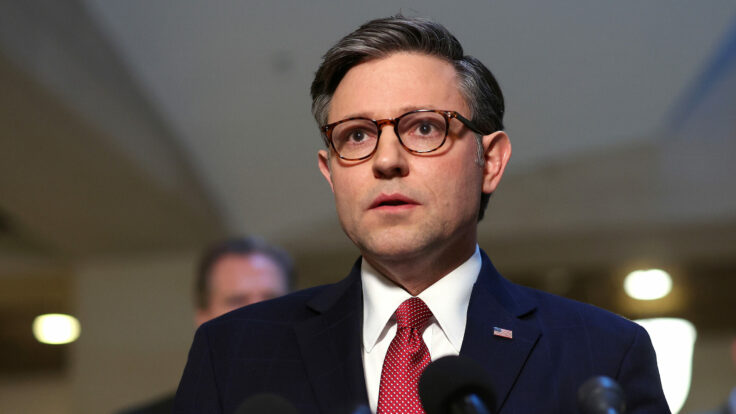Joe Biden has a problem with young voters—and it’s not just because he’s 79. Since the spring, Biden’s approval ratings have fallen across the board, a spiral worsened by the ongoing pandemic, rising inflation and a fragmented media. Gas prices, which always correlate with national sentiment, are a particular source of public dissatisfaction. But one group of voters is making the problem worse—and it’s not S.U.V.-driving, Facebook-addled Boomers. It’s Americans under the age of 30.
Gen Z (and older millennials) showed up in record numbers during the anti-Trump midterms of 2018, and broke for Biden by a more than 20-point margin in the 2020 election. But today, according to Ben Wessel, a Democratic strategist who formerly directed the youth outreach group NextGen, “almost all his negative movement comes from young people. Older voters are wildly stable in mild dislike for Biden.” Data released by The Economist and YouGov last week found that just 29 percent of American adults between the ages of 18-29 approve of the job Biden is doing as president, and a full 50 percent of young people now disapprove of Biden’s performance. Go ahead and read that sentence twice.

















